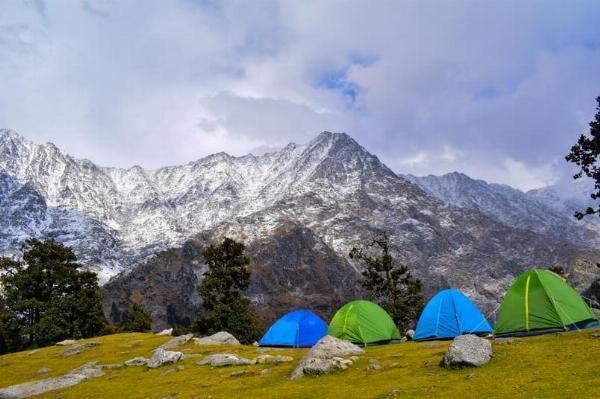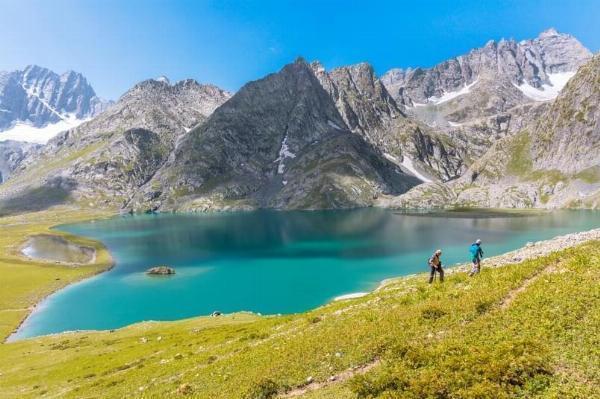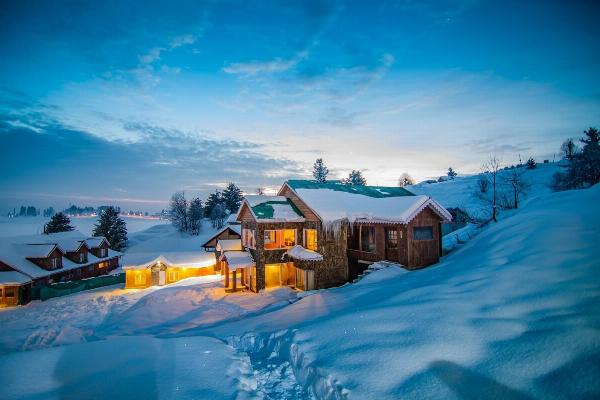Sar Pass Trek: The Ideal Himalayan Adventure for Beginners

Strong 8k brings an ultra-HD IPTV experience to your living room and your pocket.
Nestled in the serene landscapes of the Parvati Valley near Kasol, the Sar Pass Trek stands as a quintessential Himalayan adventure for beginners and seasoned trekkers alike. This trek, renowned for its breathtaking vistas and moderate challenges, offers a perfect introduction to the grandeur of the Himalayas. Whether you're a nature enthusiast, an adventure seeker, or simply someone looking to escape the mundane, Sar Pass promises an unforgettable journey through lush forests, alpine meadows, and snow-capped peaks.
Introduction to Sar Pass Trek
The Sar Pass Trek starts from Kasol, a picturesque hamlet in Himachal Pradesh known for its tranquil ambiance and as a gateway to several Himalayan treks. Kasol itself is a melting pot of cultures, drawing backpackers and nature lovers from around the world. From Kasol, the trek gradually ascends through dense pine forests and alongside the gurgling Parvati River, offering glimpses of local life and the region's rich biodiversity.
Route and Highlights
The trek to Sar Pass spans approximately 48 kilometers round trip, typically completed over 4-5 days. The route winds through charming villages like Grahan and Nagaru, where trekkers can experience the warm hospitality of the locals and immerse themselves in the traditional mountain way of life. Each day of the trek presents new challenges and rewards, from crossing icy streams to navigating through thick forests adorned with rhododendrons and oak trees.
One of the trek's highlights is the base camp at Grahan, situated at an altitude of around 7,700 feet. This idyllic setting serves as a perfect acclimatization point, allowing trekkers to adjust to the higher altitudes gradually. From Grahan, the trail leads further into the wilderness, offering panoramic views of snow-clad peaks and verdant valleys.
As trekkers ascend higher, they reach the high-altitude campsite of Nagaru, where the landscape transforms into a rugged terrain dotted with alpine flora. Here, trekkers often witness stunning sunsets against the backdrop of the mighty Himalayas, a sight that remains etched in memory.
Challenges and Preparation
While Sar Pass Trek is considered suitable for beginners, it presents its share of challenges. Trekkers must be prepared for varying weather conditions, ranging from sunny days to sudden snowfall, especially during the spring and autumn months. It is advisable to pack layers of clothing, sturdy trekking shoes, and essential gear such as a trekking pole and a reliable backpack.
Physical fitness is crucial for enjoying the trek to its fullest. The trail includes steep ascents and descents, demanding endurance and stamina. Engaging in regular cardio and strength training exercises before the trek can significantly enhance one's trekking experience and minimize fatigue.
Flora and Fauna
The biodiversity along the Sar Pass Trek is nothing short of spectacular. Trekkers encounter diverse species of flora, including rare Himalayan orchids, medicinal herbs, and towering coniferous trees. The region is also home to a variety of wildlife, such as Himalayan langurs, musk deer, and vividly colored Himalayan Monal birds. Conservation efforts by local communities and environmental organizations ensure the preservation of this natural heritage for future generations.
Cultural Immersion
Beyond its natural beauty, Sar Pass Trek offers trekkers a unique opportunity to engage with the indigenous culture of the Himalayas. Villages along the route retain their traditional way of life, characterized by wooden houses, terraced fields, and age-old customs. Trekkers often have the chance to interact with locals, learn about their customs, and savor authentic Himalayan cuisine prepared with local produce and spices.
Responsible Trekking Practices
As with any outdoor adventure, responsible trekking practices are crucial to preserving the pristine environment of Sar Pass and its surrounding areas. Trekkers are encouraged to follow the principles of Leave No Trace, minimizing their impact on the fragile ecosystem. This includes disposing of waste responsibly, respecting wildlife habitats, and supporting local communities through sustainable tourism initiatives.
Best Time to Visit
The ideal time to embark on the Sar Pass Trek is during the summer months of May to June and the autumn months of September to October. During these periods, the weather is generally mild, offering clear skies and pleasant temperatures for trekking. The monsoon season (July-August) brings heavy rainfall and slippery trails, making it less favorable for trekking activities.
Conclusion
In conclusion, the Sar Pass Trek near Kasol stands as an ideal Himalayan adventure for beginners seeking to explore the natural beauty and cultural richness of the region. From the tranquil environs of Kasol to the rugged terrain of Sar Pass, every step of the journey is filled with awe-inspiring landscapes, warm hospitality, and a sense of achievement. Whether you're captivated by the allure of the Himalayas or simply yearning for an escape into the wild, Sar Pass Trek promises an experience that transcends expectations and leaves an indelible mark on your soul.
Embark on this journey of a lifetime and discover why Sar Pass Trek is cherished as a gateway to the majestic Himalayas—a trek that beckons adventurers from every corner of the globe to explore, connect, and embrace the beauty of nature in its purest form.
Note: IndiBlogHub features both user-submitted and editorial content. We do not verify third-party contributions. Read our Disclaimer and Privacy Policyfor details.







